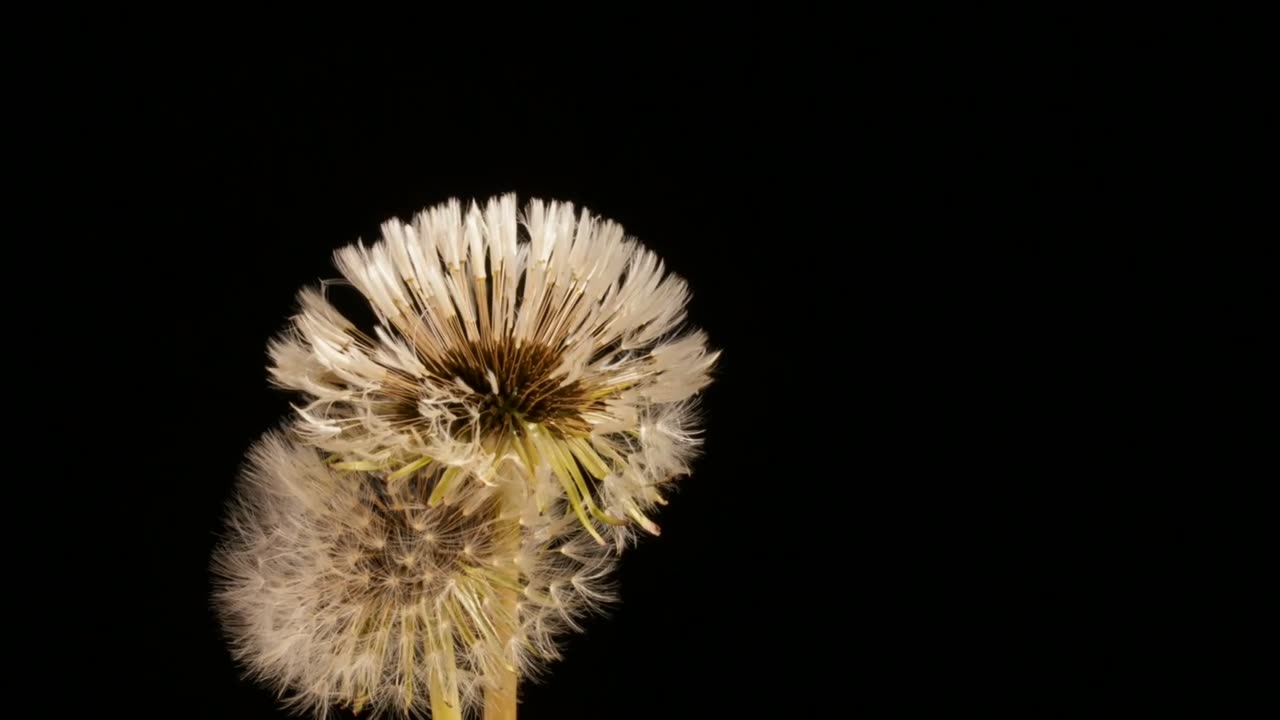Premium Only Content

Common Dandelion 💮💮
The common dandelion, scientifically known as Taraxacum officinale, is a herbaceous perennial plant that can grow in various habitats, including lawns, meadows, and disturbed areas. Here are some more details about the common dandelion:
1. Appearance: The plant typically grows up to 30 cm (12 inches) in height, with a rosette of basal leaves that are deeply toothed and can vary in shape. The flower stems produce solitary yellow flower heads, each composed of numerous ray florets.
2. Life Cycle: Dandelions have a life cycle that involves both sexual and asexual reproduction. They produce seeds that are equipped with feathery pappus, which enables them to be carried by the wind and dispersed to new locations.
3. Medicinal Uses: Dandelions have a long history of use in traditional medicine. The roots, leaves, and flowers are believed to have various health benefits and are used in herbal remedies for liver and digestive issues, as well as diuretic and anti-inflammatory purposes.
4. Culinary Uses: Dandelion leaves are edible and have a slightly bitter taste. They are sometimes used in salads, stir-fries, and herbal teas. The flowers can also be used to make dandelion wine and jelly.
5. Ecological Importance: Dandelions serve as an essential food source for bees and other pollinators, especially early in the spring when few other flowers are available.
6. Invasive Nature: Due to their ability to spread rapidly through their wind-dispersed seeds and their adaptability to various environments, dandelions can be considered invasive in certain regions, especially in manicured lawns and agricultural fields.
7. Cultural Significance: Dandelions have inspired folklore and cultural symbolism in different societies. They are often associated with resilience, perseverance, and the cycle of life due to their ability to thrive in various conditions and their transformation from yellow flowers to fluffy seed heads.
Please note that the information provided here is based on general knowledge up to September 2021. For more up-to-date or region-specific details, it's always best to consult more recent sources or local experts.
-
 1:48:31
1:48:31
Squaring The Circle, A Randall Carlson Podcast
17 hours agoMEGA Tsunamis and the formation of our World ft. Dr. Dallas Abbot
13.5K4 -
 13:13
13:13
Mrgunsngear
14 hours ago $1.49 earnedStreamlight TLR-1 HP Review: Can It Dethrone Surefire?
8.59K8 -
 6:53
6:53
Rena Malik, M.D.
1 day ago $0.87 earnedWhy Antidepressants Wreak Havoc on Your Sex Life?! | Urologist Explains How to Boost your Libido
11K4 -
 1:00:00
1:00:00
BEK TV
2 days agoMIKE MOTSCHENBACHER ON NORTH DAKOTA POLITICS, TEA PARTY ROOTS, AND THE 2026 ELECTION
9.6K -
 15:31
15:31
Breaking Points
1 day agoIs Trump Planning VENEZUELA Regime Change?
33.1K20 -
 2:06:05
2:06:05
"What Is Money?" Show
2 days agoTrump Family Bitcoin Bet Will Trigger Nation-State FOMO w/ Matt Prusak (CEO American Bitcoin)
13.4K -
 1:04:36
1:04:36
Dialogue works
3 days ago $4.50 earnedMohammad Marandi: Iran Just Gave Israel a FINAL Warning…
23.4K6 -
 9:20
9:20
daniellesmithab
1 day ago3 Bad Laws
23.3K8 -
 9:22
9:22
MattMorseTV
19 hours ago $11.63 earnedINDIA just made a BIG MISTAKE.
65.1K60 -
 12:11
12:11
Nikko Ortiz
18 hours agoCrashout 6 Rumble
17.5K3